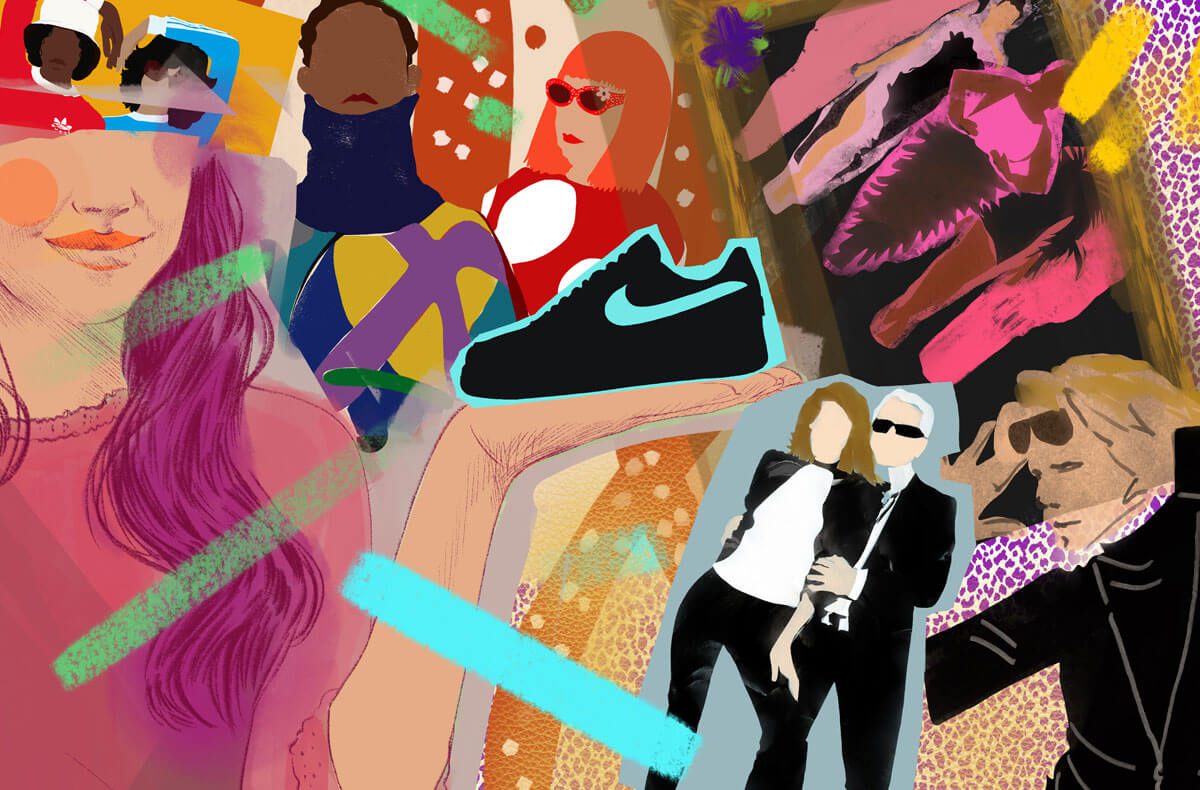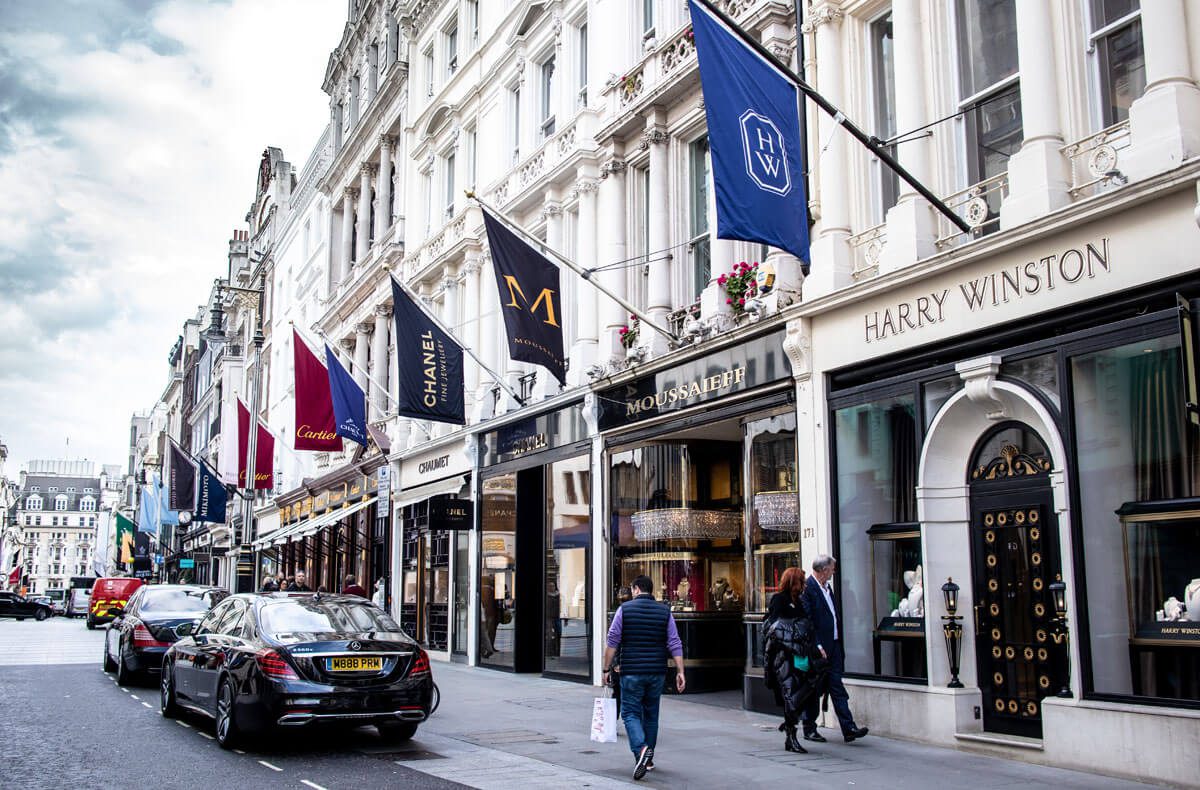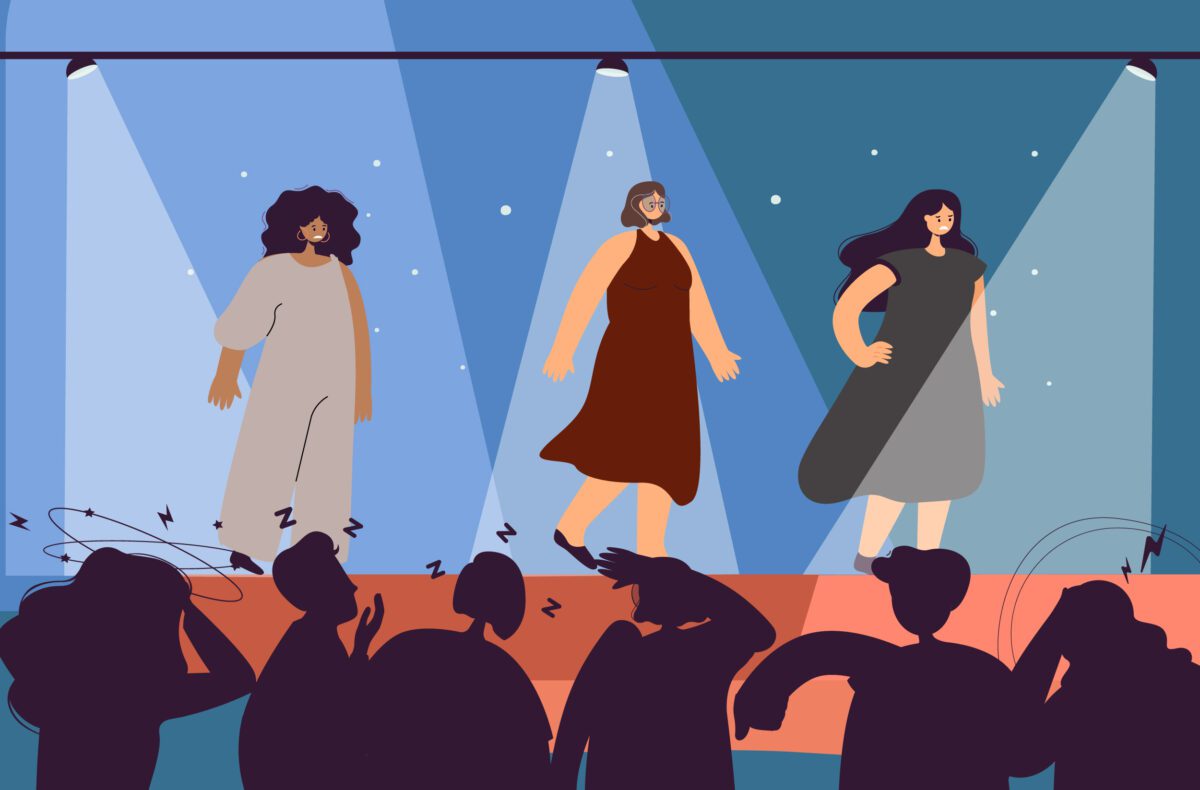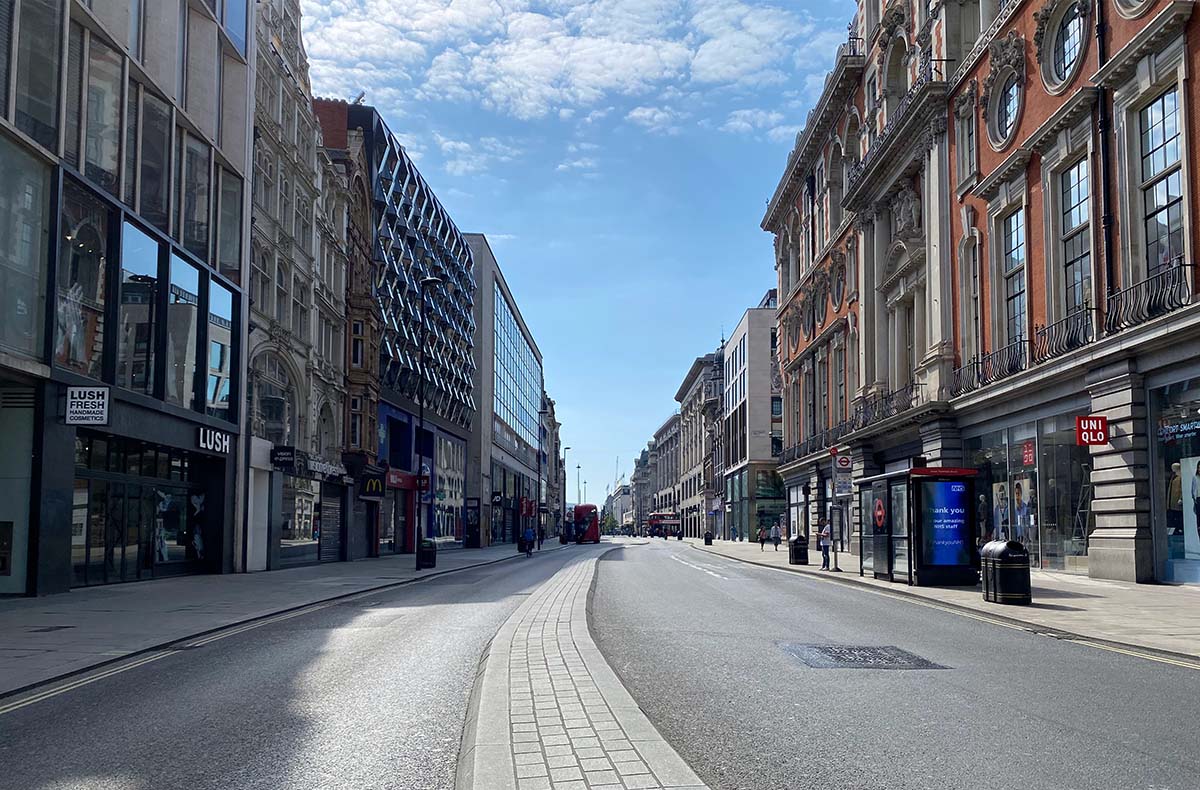
Illustration by Juliana Lagerstedt
Today, in fashion, it is quicker to ask what isn’t a collaboration. Everything feels like a collaboration. Anything involving more than two people is now a “collaboration.” (We used to call it teamwork.)
Fashion loves a collaboration—an injection or drop of newness, two or more brands coming together, hopefully multiplying the reach and number of fans. It’s money in the bank. It also halves the blame/risk when something sinks faster than a moon rock Coperni bag!
It’s nearly two decades since the first contemporary global fashion “collaboration” hit the high-street. H&M, the Swedish fashion giant, launched the concept of a designer collaboration in 2004 with Karl Lagerfeld. Never one to shy away from a new workload, in William Middleton’s new book, Paradise Now: The Extraordinary Life of Karl Lagerfeld, he describes how Lagerfeld was approached by Donald Schneider, former art director of Vogue France who had been working with H&M, about the potential idea. All Lagerfeld wanted to know was whether he was the first one to be asked. The answer was yes, and it became a sensation.
Affordable and limited-edition “designer” fashion had people queuing in the streets for each subsequent launch. People knew the exact day it was coming into the shops or online: a first. Items were being resold for much more than people paid for them, and the rest is history.
Since then, you would be hard pressed to find a brand that hasn’t done some form of collaboration either with another brand/designer, artist, or celebrity. Maximum exposure, it also helps fill those holes in the merchandisers’ calendars. The recent appointment of Pharrell Williams as Louis Vuitton’s men’s creative director is driven by collaborations: his own, previously, and him bringing his black book of contacts to inject powerful names into new product.
There is nothing wrong with collaborations. We can be hypocrites when it comes to them, saying “no more,” but when something is good, we’re all over it.
An example of a clever way to collaborate is when Jean Paul Gaultier retired from his label in 2020. The fragrances still needed the exposure to keep the brand’s name out there, so he invited guest designers to produce one-off shows held during Paris Couture Week. The timing made it an event, while the clever choice of designers—Haider Ackermann, Olivier Rousteing, Glenn Martens and Chitose Abe—gave people-in-the-know great product. The designers got to use the skills and archive of the house while elevating Jean Paul Gaultier to master couturier level.
When Nike and Tiffany’s collaboration was unveiled earlier this year, it caused a stir. A simple Tiffany-blue coloured Nike tick had been added to a pair of standard black sneakers. Many people were underwhelmed. It hasn’t stopped the collectors though, sold-out pairs this week are being listed at three times the original $400 price.
Regardless of sales, it is a strong introduction for the LVMH-owned jeweler to a Gen-Z audience, especially with all the silver sneaker accessories available. Unveiled too, was a one of a kind sterling silver Tiffany shoe box weighing in at 23 pounds to put your new shoes into. The price available on request, it is a true collector’s piece and a souvenir of the entire collaboration.
This made me consider how, when you think about fashion collaborations, they are actually just souvenirs for a moment in time. These collected items can be pinpointed to the very day, even the very minute they were launched, and people collect them like souvenirs. We are buying time.
Previously, people bought clothes or accessories vaguely remembering the year or around the time they bought them, but now collaborations give products a birth certificate-like record of inception. A brief history of fashion, timed to the second.
This exacting release of items also helps the brands fit in more, and like all hooked collectors and souvenirs hunters demand is insatiable. It’s about wanting something better, the best or having a full set. It’s the pleasure of knowing that somebody else wanted or wants the item too. It’s hysteria and we’re all along for the timely ride. Fashion collaborations are a timeline of our fashion lives and brands are using them to remind us that we only live once.
Luxury brands who once did diffusion lines now do collabs.There is nothing inherently wrong with them, but they illustrate the increasing treadmill of newsy product. Is it all good? No. Is it all bad? No. Good product is good product, regardless of price point and labels. But personally you won’t find me dropping $400—even if I could get a pair—on black tennis shoes with a duck-egg coloured tick.


